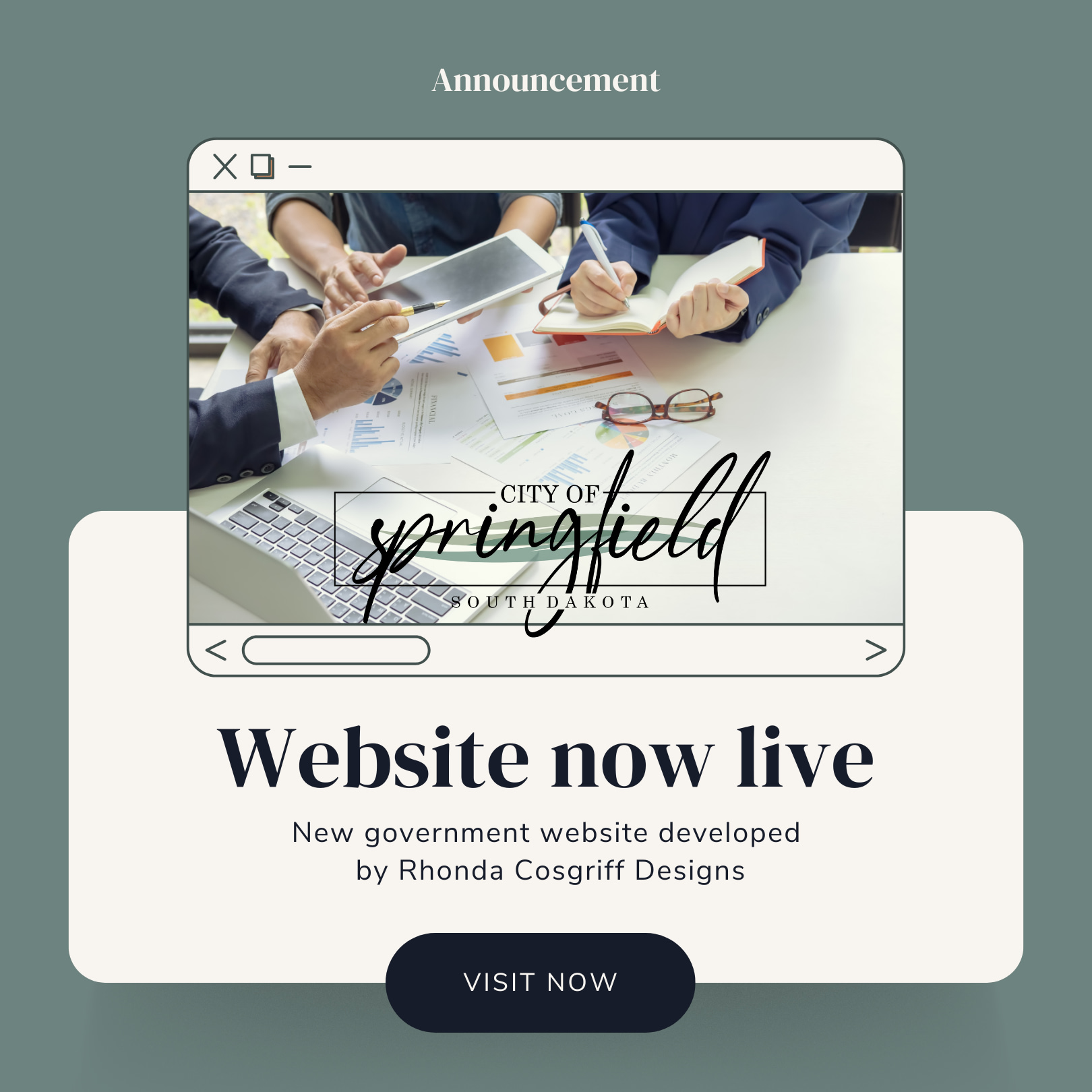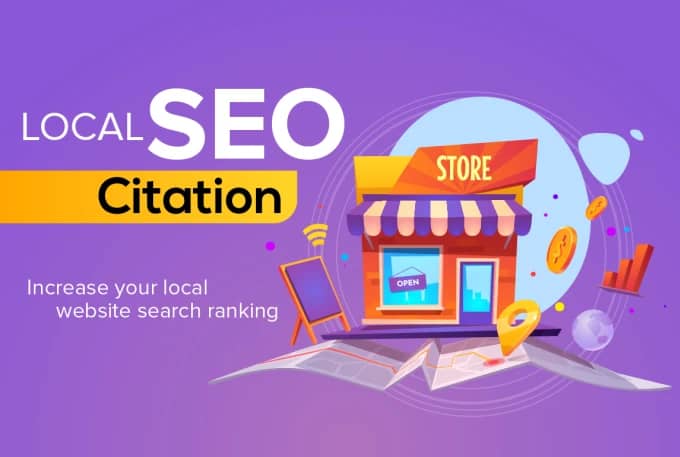The Ultimate Guide to Building a Website Redesign Strategy
Introduction to: THE ULTIMATE WORKBOOK FOR REDESIGNING YOUR WEBSITE
In today’s competitive digital landscape, a well-thought-out website redesign strategy is paramount to staying ahead. At Rhonda Cosgriff Designs, we understand the significance of a robust plan to not only revamp your online presence but to outperform competitors. In this comprehensive guide, we unveil a meticulous website redesign approach that guarantees results.
What is a website redesign
A website redesign is the process of changing and updating the content, structure, format, and navigation of your website to improve performance and convert more visitors. Let’s go over some related statistics.
Research has found that 50% of consumers think website design is crucial to a business’s overall brand. To many visitors, the website you publish is just as important as the products you sell.
Did you know that website design can improve time on site by 84% and YoY online revenue by 132%?
If your website isn’t responsive, it’s time for a redesign, according to that same group of 200+ web designers and freelancers. The other top reasons — low conversion rate, high bounce rate, and “needs better UX” — could be addressed by a responsive design as well.
53.8% of web designers cite “not being responsive on all devices” as a top reason for a website to be redesigned. (GoodFirms, 2021)
When asked what visual elements they value on a company website, 40% of consumers said images, 39% said color and 21% said video. (Top Design Firms, 2021)
Considering that nearly 40% said images and color and 21% said video, your business should prioritize adding images and picking a website color scheme first. Then, focus on incorporating video and other visual elements mentioned—namely, typography, infographics, and animation.
How Often Should You Redesign Your Website?
According to Business 2 Community, the average lifespan for a website is 1.5 to 2.5 years. Past that range, a website must incorporate new design trends and technologies to feel “fresh” and competitive. However, that timeframe is only a benchmark, so you will need to determine what works best for your unique organization.
The following factors can determine how often you should redesign your website:
How often your brand or goals change.
When you’re itching for a new site, first ask yourself, “Does this website still represent who we are as a company?”
How much budget you allot to design and development.
Ask yourself, “Can a site design wait, or do I have reasons to use the budget on our site now?”
How long your website stays functional and fast.
Step into your customers’ shoes and see if you can navigate the site well and find everything you want to find without encountering errors or long page load times. Almost 50% of websites get between four and six page views per visit — all that browsing means that your site’s navigation and speed really do matter.
The performance of your website.
Ask yourself, “Is this site converting a reasonable amount of traffic? Do people stay on the page for a reasonable amount of time, or do they bounce?”Changes in the industry. For example, when Google announced that it would be changing to mobile-first indexing, it necessitated that websites be mobile-friendly, or they’d lose organic traffic from Google.
How to Redesign a Website
- Assess current website performance metrics.
- Determine your website redesign goals.
- Define your branding and messaging.
- Define your buyer persona(s).
- Protect your search engine optimized pages.
- Analyze the competition.
- Take inventory of your high-performing assets.
- Choose the right software
- Streamlining Navigation for Enhanced User Experience
- Leveraging Visual Content for Engagement
- Mobile-First Design Approach
- Building Quality Backlinks
- Monitoring and Iterating
Assessing Current Website Performance
Before diving into the redesign process, it’s crucial to conduct a thorough analysis of your current website’s performance. Utilize tools like Google Analytics to evaluate user engagement, bounce rates, and popular content. Identify strengths and weaknesses to inform your redesign strategy.
Determine your website redesign goals
Define the objectives of your website redesign. Understand the underlying purpose driving the need for a redesign. Simply stating, “it’s been a while” or “my competitor redesigned” isn’t sufficient justification. It’s crucial to emphasize that the redesign isn’t just about aesthetics but functionality. Clearly articulate the reasons behind the redesign, ensuring they are tied to measurable outcomes. Communicate these goals effectively to align your team and stakeholders with the strategic vision for the redesign.
 Streamlining Navigation for Enhanced User Experience
Streamlining Navigation for Enhanced User Experience
User experience is paramount in SEO rankings. Streamline website navigation to ensure a seamless journey for visitors. Implement clear and intuitive menus, reduce page load times, and prioritize mobile responsiveness. Google rewards websites that prioritize user experience with higher search rankings.
Leveraging Visual Content for Engagement
Below you can see an example of a video graphic we created for our digital marketing. It is sometimes easier to get ranked higher in the video results, but you need to have proper titles, tags, and schema markup.
Enhance user engagement with captivating visual content. Infographics, videos, and interactive elements not only make your website more appealing but also contribute to longer dwell times. As Google factors in user engagement metrics, incorporating visually appealing content can significantly boost your SEO standing.
Schema Markup
As part of the website redesign project, implementing schema markup is essential to enhance the website’s visibility and relevance in search engine results. Schema markup provides search engines with additional context about the content on the website, helping them better understand its relevance to user queries. By incorporating schema markup for key elements such as business information, product details, and reviews, we can improve the website’s appearance in search results and attract more qualified traffic. This strategic implementation of schema markup will play a vital role in optimizing the website’s performance and driving organic traffic to support its overall redesign objectives.
 Mobile-First Design Approach
Mobile-First Design Approach
With a large share of internet users accessing websites via mobile devices, adopting a mobile-first design approach is non-negotiable. Ensure that your website is responsive and offers a seamless experience across various screen sizes. Google’s mobile-first indexing prioritizes mobile-friendly sites in search results. I am still finding that most of the site I am admin on for clients that desktop if still currently that biggest share but google put emphasis on mobile-friendly responsive website.
 Building Quality Backlinks
Building Quality Backlinks
A robust backlink profile remains a crucial factor in search engine rankings. Develop a strategic link-building campaign, focusing on high-authority websites within your industry. Guest posts, collaborations, and partnerships can contribute to a diverse and reputable backlink portfolio.
Monitoring and Iterating
Post-launch, continuous monitoring is imperative. Utilize tools like Google Search Console to track performance metrics, identify potential issues, and seize optimization opportunities. Regularly update and iterate on your website content to stay relevant in the ever-evolving digital landscape.
 Online Reputation Management
Online Reputation Management
As part of the website redesign process, implementing online reputation management strategies is crucial to safeguard and enhance the brand’s digital image. Online reputation management involves monitoring, influencing, and controlling the online perception of a brand or business. Through the redesign, we can integrate features and tools to actively manage customer reviews, testimonials, and social media mentions. By leveraging platforms for reputation monitoring and responding promptly to customer feedback, we can address any negative sentiment and showcase positive experiences. Additionally, the redesign offers an opportunity to highlight the brand’s values, achievements, and customer satisfaction to reinforce its positive reputation. Through proactive online reputation management, the redesigned website will effectively portray the brand’s integrity, credibility, and commitment to customer satisfaction, fostering trust and loyalty among its audience.
 Get Started on Your Website Redesign Today
Get Started on Your Website Redesign Today
Conclusion
In conclusion, a successful website redesign strategy is a multifaceted approach that considers user behavior, SEO optimization, schema markup, and continuous improvement. By implementing the outlined steps, Rhonda Cosgriff Designs ensures not only a visually appealing website but also one that dominates search engine rankings, leaving competitors in the digital dust.






 Document your most search-valued pages.
Document your most search-valued pages.












